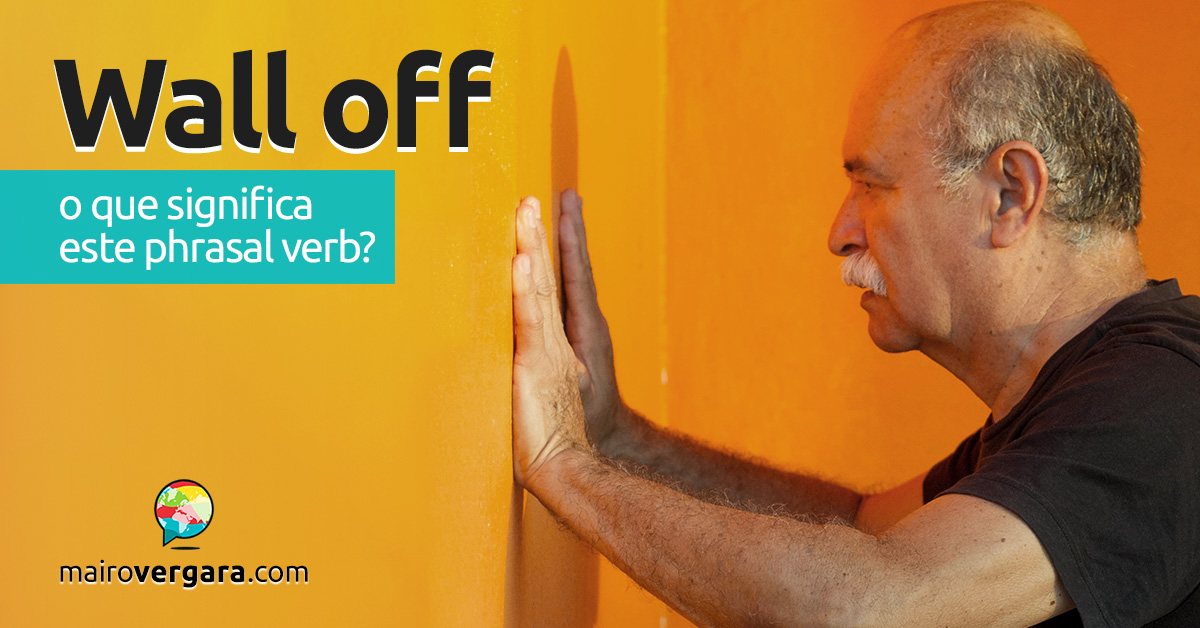Aprendendo inglês com vídeos é uma série de posts em que traremos para vocês vídeos acompanhados de transcrições e traduções, pois este é um material de altíssima qualidade para qualquer estudante de inglês. A grande maioria dos vídeos virão do YouTube, assim como forma de retribuir aos criadores dos vídeos incríveis que vamos usar, pedimos que você sempre dê o seu “Gostei” no vídeo (ao clicar para reproduzir o vídeo você verá a opção “gostei” no próprio vídeo)
Football Physics: The “Impossible” Free Kick (Transcrição)
1 – In 1997, in a game between France and Brazil, a young Brazilian player named Roberto Carlos set up for a 35 meter free kick. With no direct line to the goal, Carlos decided to attempt the seemingly impossible. His kick sent the ball flying wide of the players, but just before going out of bounds, it hooked to the left and soared into the goal.
2 – According to Newton’s first law of motion, an object will move in the same direction and velocity until a force is applied on it. When Carlos kicked the ball, he gave it direction and velocity, but what force made the ball swerve and score one of the most magnificent goals in the history of the sport? The trick was in the spin.
3 – Carlos placed his kick at the lower right corner of the ball, sending it high and to the right, but also rotating around its axis. The ball started its flight in an apparently direct route, with air flowing on both sides and slowing it down.
4 – On one side, the air moved in the opposite direction to the ball’s spin, causing increased pressure, while on the other side, the air moved in the same direction as the spin, creating an area of lower pressure.
5 – That difference made the ball curve towards the lower pressure zone. This phenomenon is called the Magnus effect. This type of kick, often referred to as a banana kick, is attempted regularly, and it is one of the elements that makes the beautiful game beautiful.
6 – But curving the ball with the precision needed to both bend around the wall and back into the goal is difficult. Too high and it soars over the goal. Too low and it hits the ground before curving. Too wide and it never reaches the goal. Not wide enough and the defenders intercept it. Too slow and it hooks too early, or not at all.
7 – Too fast and it hooks too late. The same physics make it possible to score another apparently impossible goal, an unassisted corner kick. The Magnus effect was first documented by Sir Isaac Newton after he noticed it while playing a game of tennis back in 1670. It also applies to golf balls, frisbees and baseballs.
8 – In every case, the same thing happens. The ball’s spin creates a pressure differential in the surrounding air flow that curves it in the direction of the spin. And here’s a question. Could you theoretically kick a ball hard enough to make it boomerang all the way around back to you?
9 – Sadly, no. Even if the ball didn’t disintegrate on impact, or hit any obstacles, as the air slowed it, the angle of its deflection would increase, causing it to spiral into smaller and smaller circles until finally stopping.
10 – And just to get that spiral, you’d have to make the ball spin over 15 times faster than Carlos’s immortal kick. So good luck with that.
Física do Futebol: O Chute Livre “Impossível”(Tradução)
1 – Em 1997, numa partida entre a França e o Brasil, um jovem jogador de futebol, chamado Roberto Carlos, preparou-se para bater uma cobrança de falta a 35 metros do gol. Sem uma linha reta para o gol, Carlos decidiu tentar o que parecia impossível. Seu chute fez a bola passar bem longe dos jogadores, mas, pouco antes de ir para fora, ela se inclinou para a esquerda e foi direto para dentro do gol.
2 – De acordo com a Primeira Lei do Movimento de Newton, um objeto irá se mover na mesma direção e velocidade, até que uma força seja exercida sobre ele. Quando Carlos chutou a bola, deu a ela velocidade e direção, mas que força fez a bola desviar-se e marcar um dos mais magníficos gols da história do esporte? O segredo estava na rotação.
3 – Carlos localizou seu chute no canto inferior direito da bola, mandando-a para o alto e para a direita, mas também girando em torno de seu eixo. A bola começou seu voo numa linha aparentemente reta, com ar fluindo em ambos os lados, reduzindo sua velocidade.
4 – De um lado, o ar se movia na direção oposta à rotação da bola, causando aumento de pressão, enquanto do outro lado o ar se movia na mesma direção da rotação, criando uma área de pressão mais baixa.
5 – Essa diferença fez a bola se curvar para a direção com menor pressão. Esse fenômeno é chamado de efeito Magnus. Esse tipo de chute, normalmente chamado de “chute-banana”, é tentando com frequência e é um dos elementos que tornam um jogo bonito “bonito”.
6 – Mas fazer a bola se curvar com a precisão necessária para contornar a barreira e entrar no gol é difícil. [Se for] alto demais ela vai por cima da trave. Baixo demais e ela toca o chão antes de se curvar. Aberto demais e ela não entrará no gol. Não aberto o suficiente e os jogadores (a barreira) interceptam ela. Devagar demais, ela se arqueia cedo demais ou nem se arqueia.
7 – Rápido demais e ela se arqueia tarde demais. A mesma física torna possível marcar outro gol aparentemente impossível: o gol de cobrança de escanteio. O efeito Magnus foi documentado pela primeira vez por Sir Isaac Newton, depois que ele o percebeu enquanto jogava uma partida de tênis em 1670. Ele também se aplica a bolas de golfe, “frisbees” e bolas de beisebol.
8 – Em todos os casos, a mesma coisa acontece. A rotação da bola cria um diferencial de pressão no fluxo de ar ao redor, que faz a bola se curvar na direção da rotação. E aqui está uma pergunta: seria teoricamente possível chutar uma bola com força suficiente a ponto de fazê-la voltar para você, como um bumerangue?
9 – Infelizmente, não. Mesmo que a bola não se desintegrasse com o impacto ou não batesse em algum obstáculo, quando o ar a desacelerasse, seu ângulo de deflexão aumentaria, fazendo-a entrar numa espiral, com círculos cada vez menores, até que finalmente pararia.
10 – Apenas para conseguir essa espiral, você teria que fazer a bola girar mais de 15 vezes mais rápido que o chute memorável de Roberto Carlos. Então, boa sorte com isso.
Espero que vocês tenham gostado do vídeo de hoje e da transcrição/tradução! Como sempre, não deixem de visitar o vídeo no Youtube e dar o seu “gostei”, pois assim vocês estão ajudando o trabalho dos criadores desses vídeos incríveis! Link para o vídeo no YouTube: https://www.youtube.com/watch?v=m57cimnJ7fc Abração e bons estudos a todos vocês!










